Danks pistol
c1828–36
This double-barrel pocket-sized flintlock pistol, made in Sydney between 1828 and 1836, is thought to be the earliest surviving firearm of colonial manufacture. The pistol is engraved with the mark of convict gunsmith Joseph Danks, a Staffordshire man who was transported for horse stealing in 1819. A rare example of a firearm made in colonial Sydney, the pistol is equally rare as a product of a fine trade carried out by a known convict craftsman.
The pistol’s former owner Andrew Swinfield inherited it from his father, John William Swinfield, and is delighted that it will be part of the Hyde Park Barracks collection: ‘My father was a keen collector and former president of the Antique Arms Collectors Society. The pistol made by Joseph Danks was his pride and joy. Danks’s convict background and his colourful connection with early Sydney make the Hyde Park Barracks Museum the most appropriate place for the pistol to be exhibited’.
This acquisition was made possible by the generosity of The Copland Foundation.
More artefacts
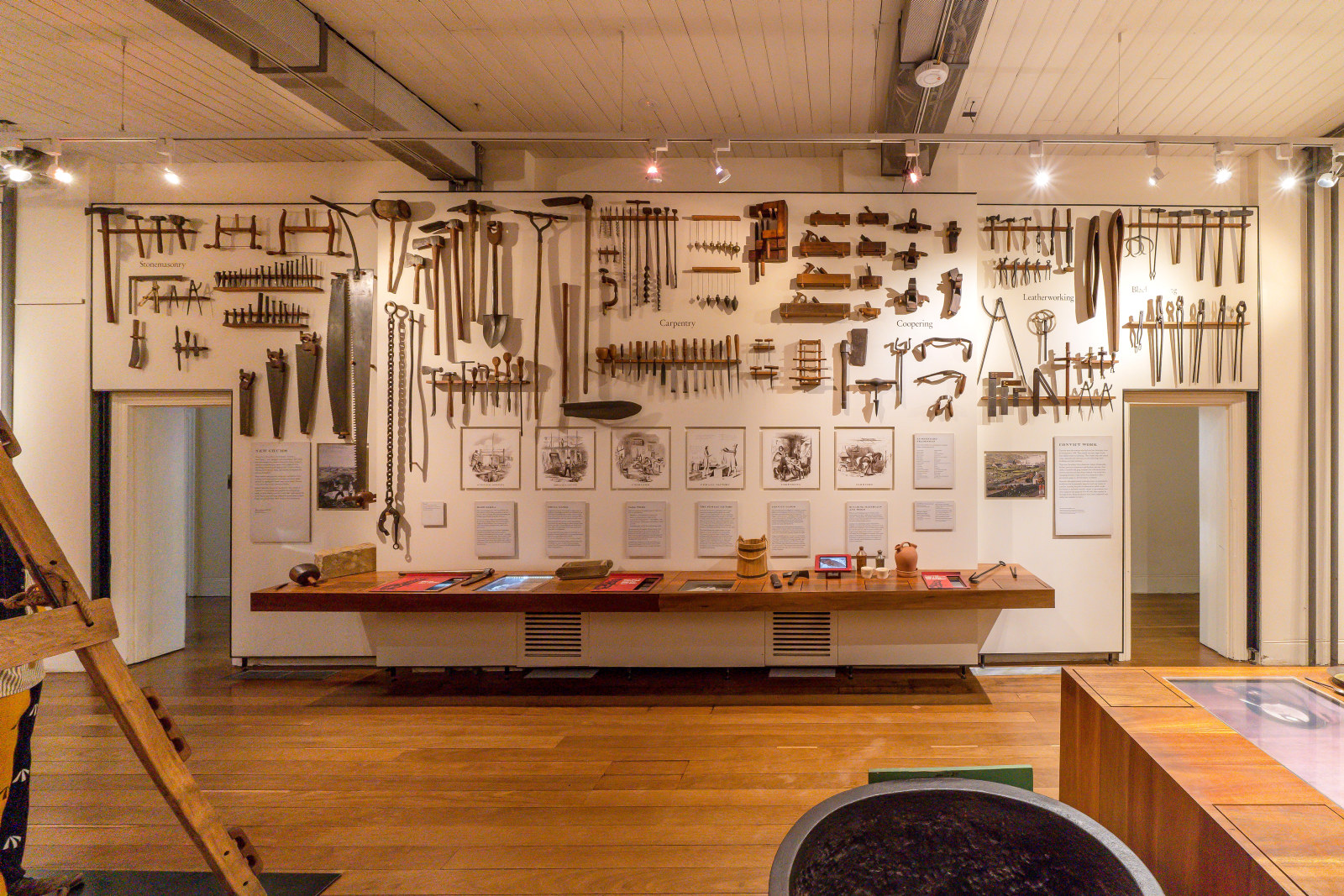
Convict Sydney
Objects
These convict-era objects and archaeological artefacts found at the Hyde Park Barracks and The Mint (Rum Hospital) are among the rarest and most personal artefacts to have survived from Australia’s early convict period
Related
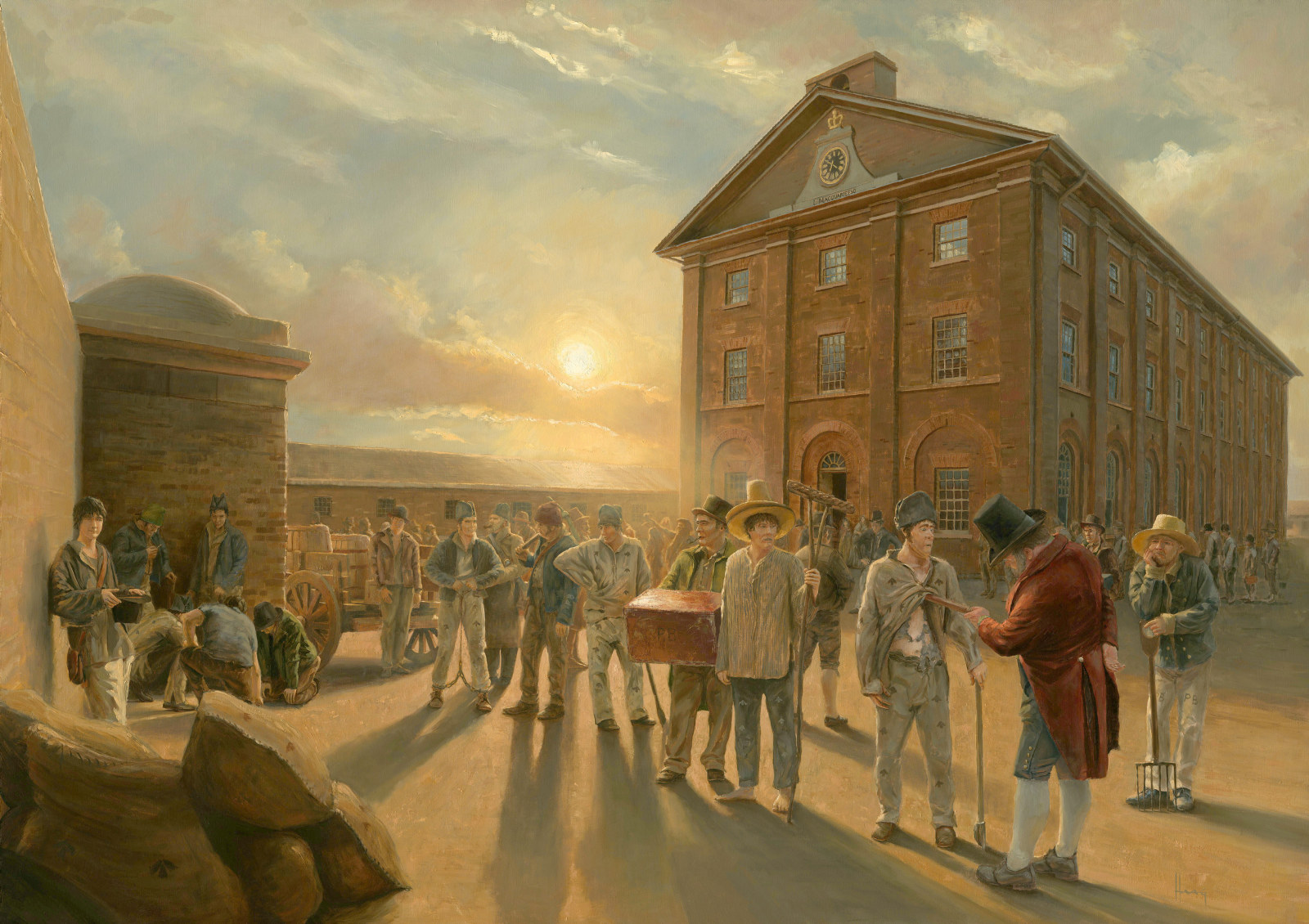
Convict Sydney
Convict Sydney
From a struggling convict encampment to a thriving Pacific seaport, a city takes shape
Published on
Convict Sydney
Browse all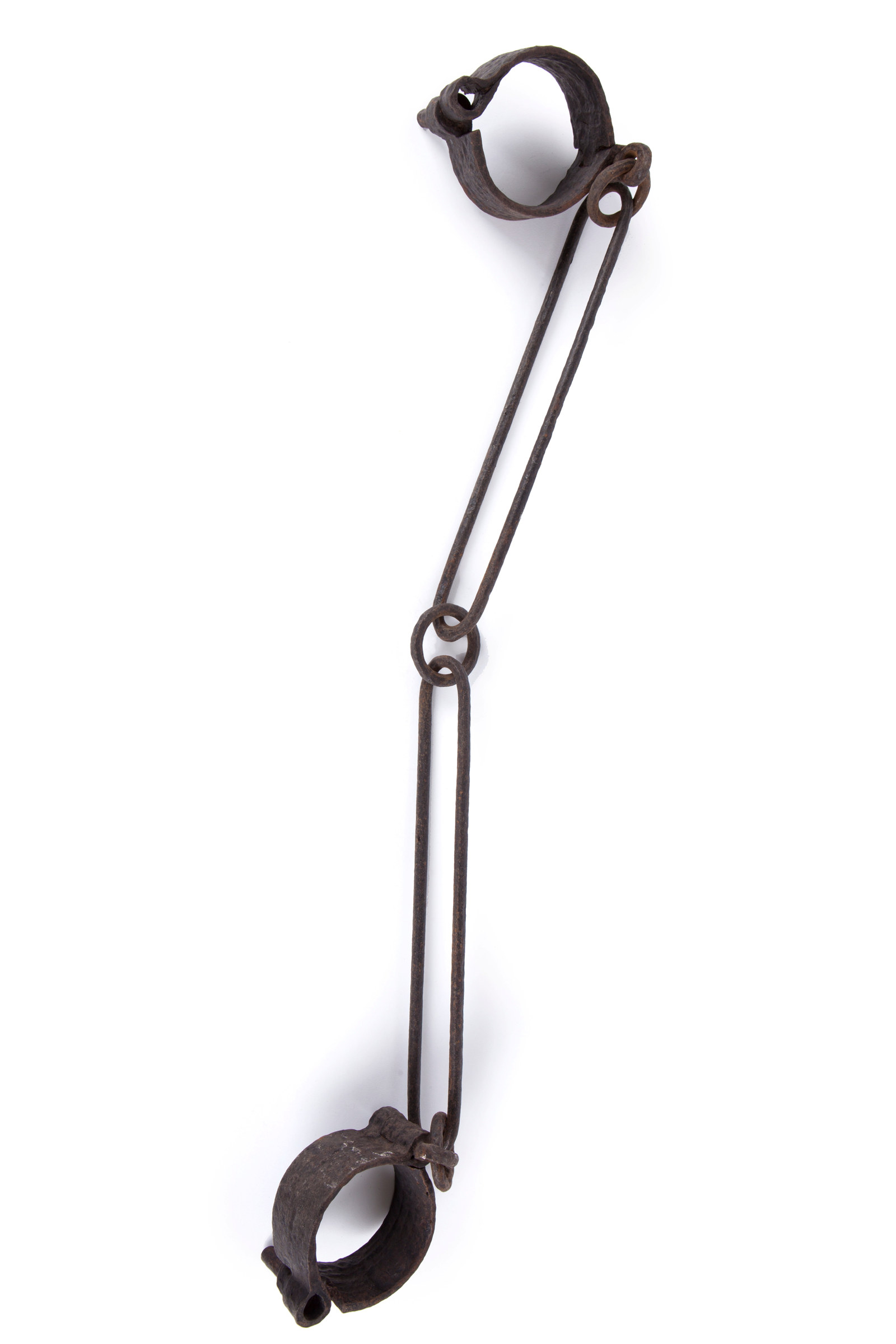
Convict Sydney
Leg Irons, bar link
Known as darbies or slangs in the convict ‘flash’ slang language, leg irons came in various shapes and sizes
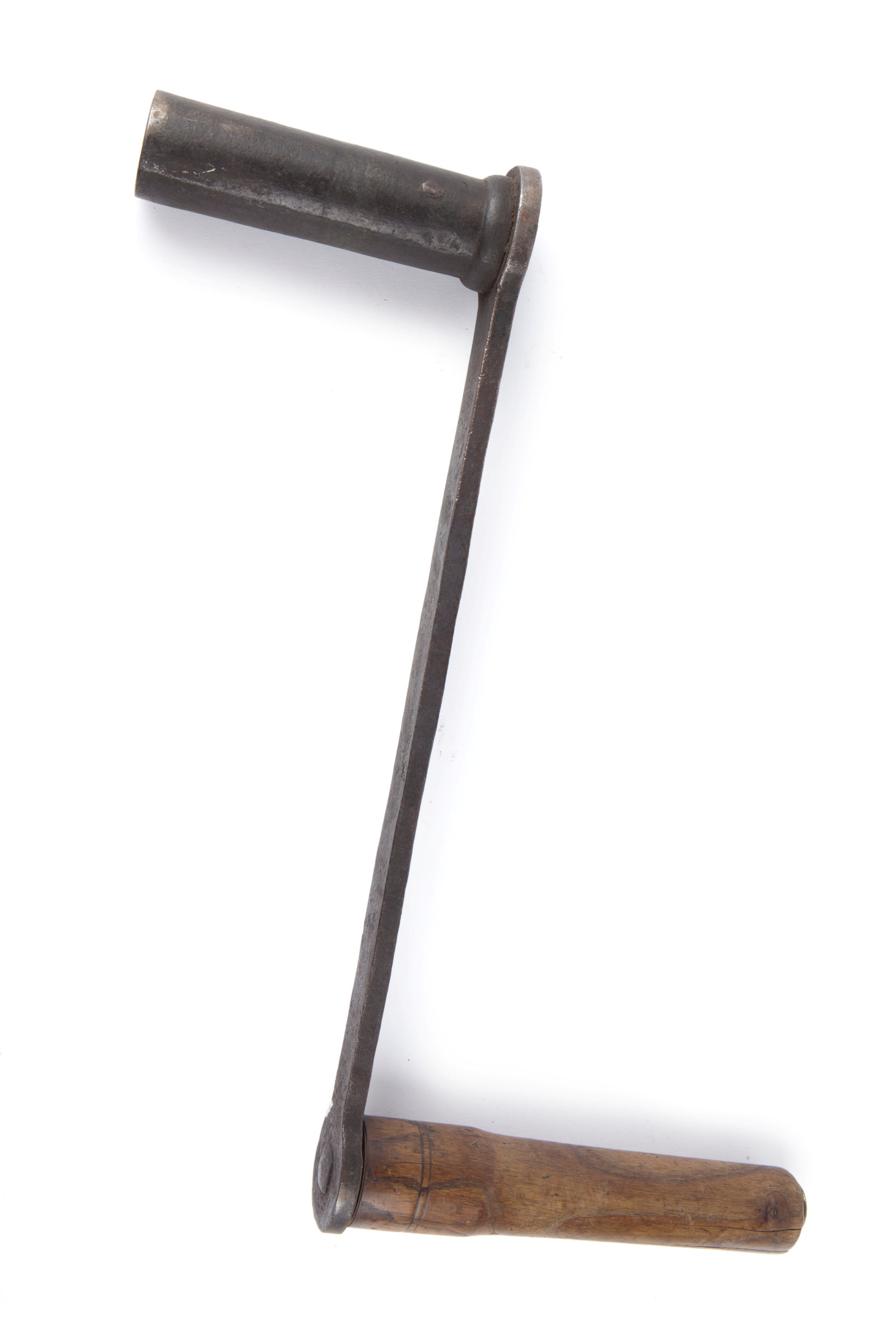
Convict Sydney
Clock-winding crank
This sturdy crank was used for many years to wind the Hyde Park Barracks clock
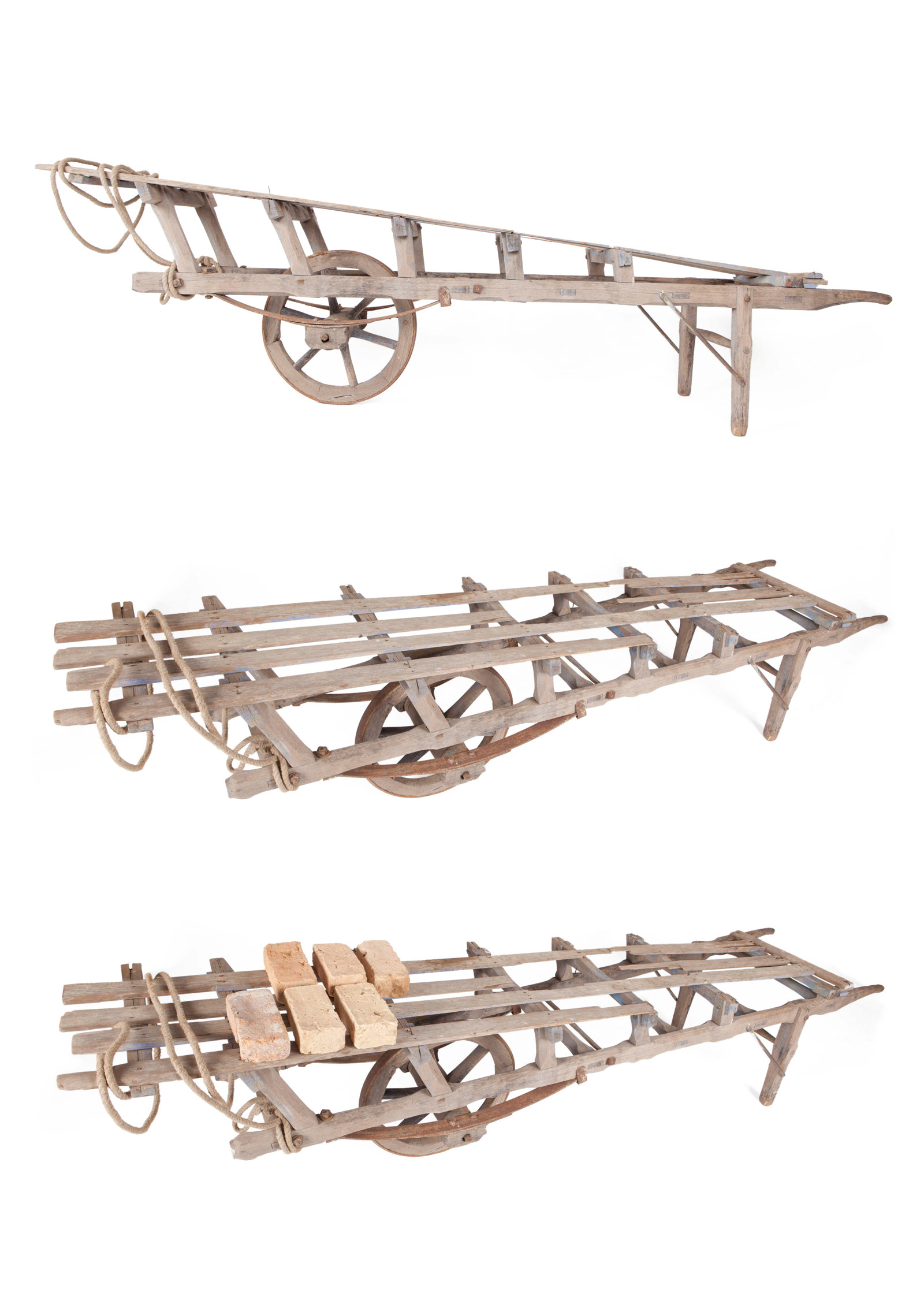
Convict Sydney
Hack barrow
Convict brickmakers working at the Brickfields (now Haymarket) used hack barrows like this one, stacking 20 or 30 wet bricks on the timber palings along the top, for transporting them from the moulding table to the ‘hack’ yard for drying
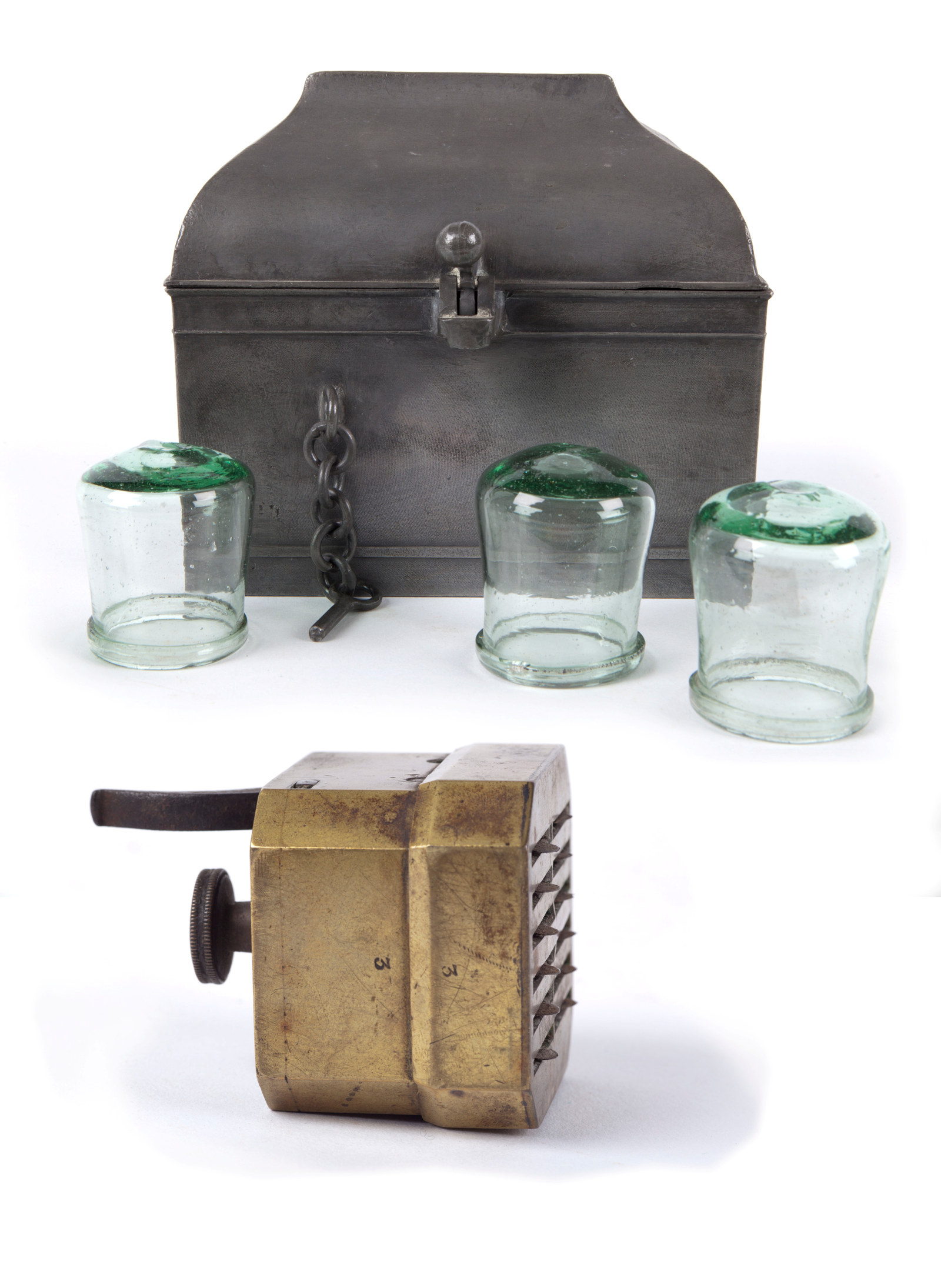
Convict Sydney
Cupping glasses and scarificator
These cupping glasses are of the type that was used in the treatment of convict patients at the General ‘Rum’ Hospital
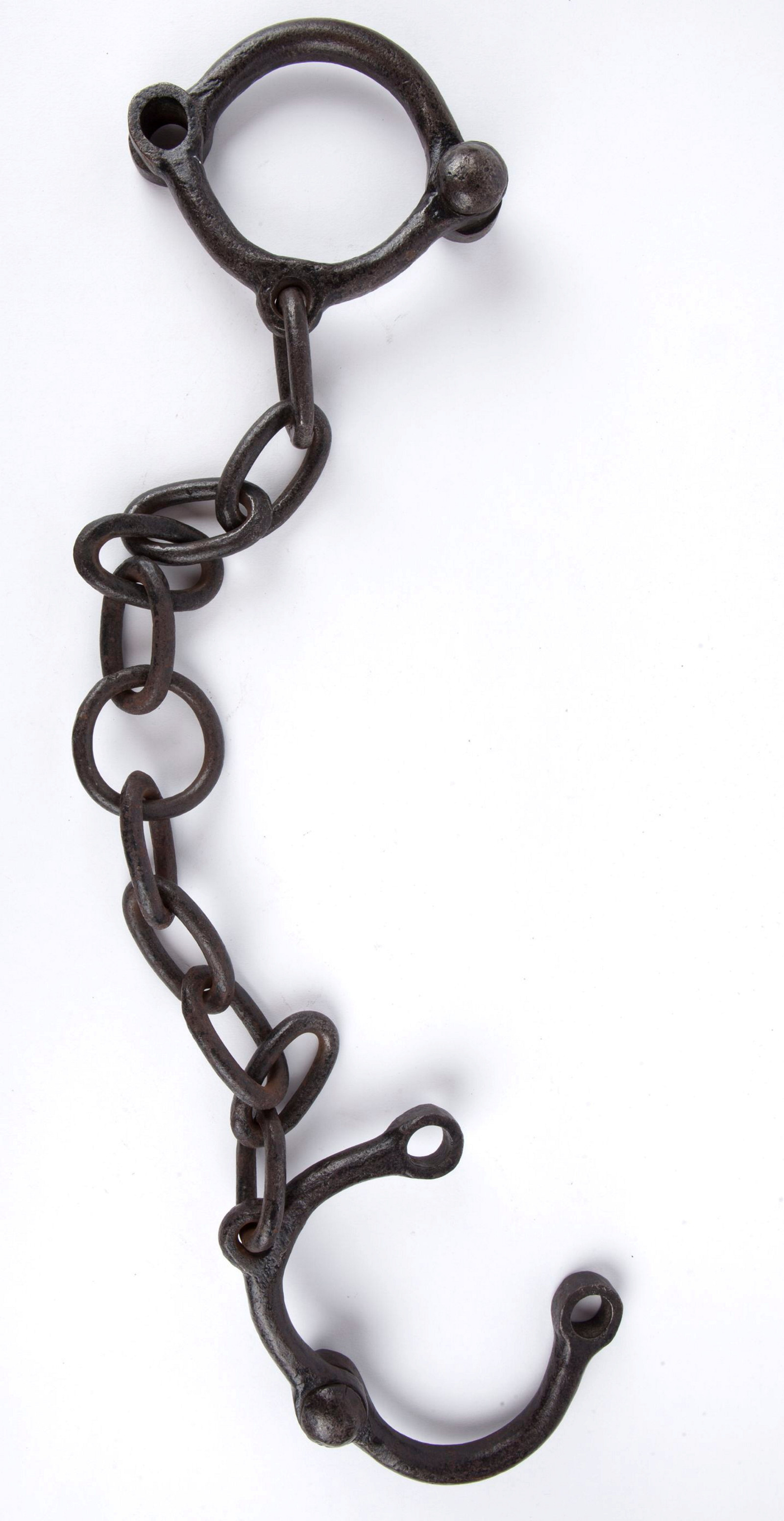
Convict Sydney
Leg irons, standard
Standard leg irons, like those pictured here, weighed seven pounds (3.2 kilograms)
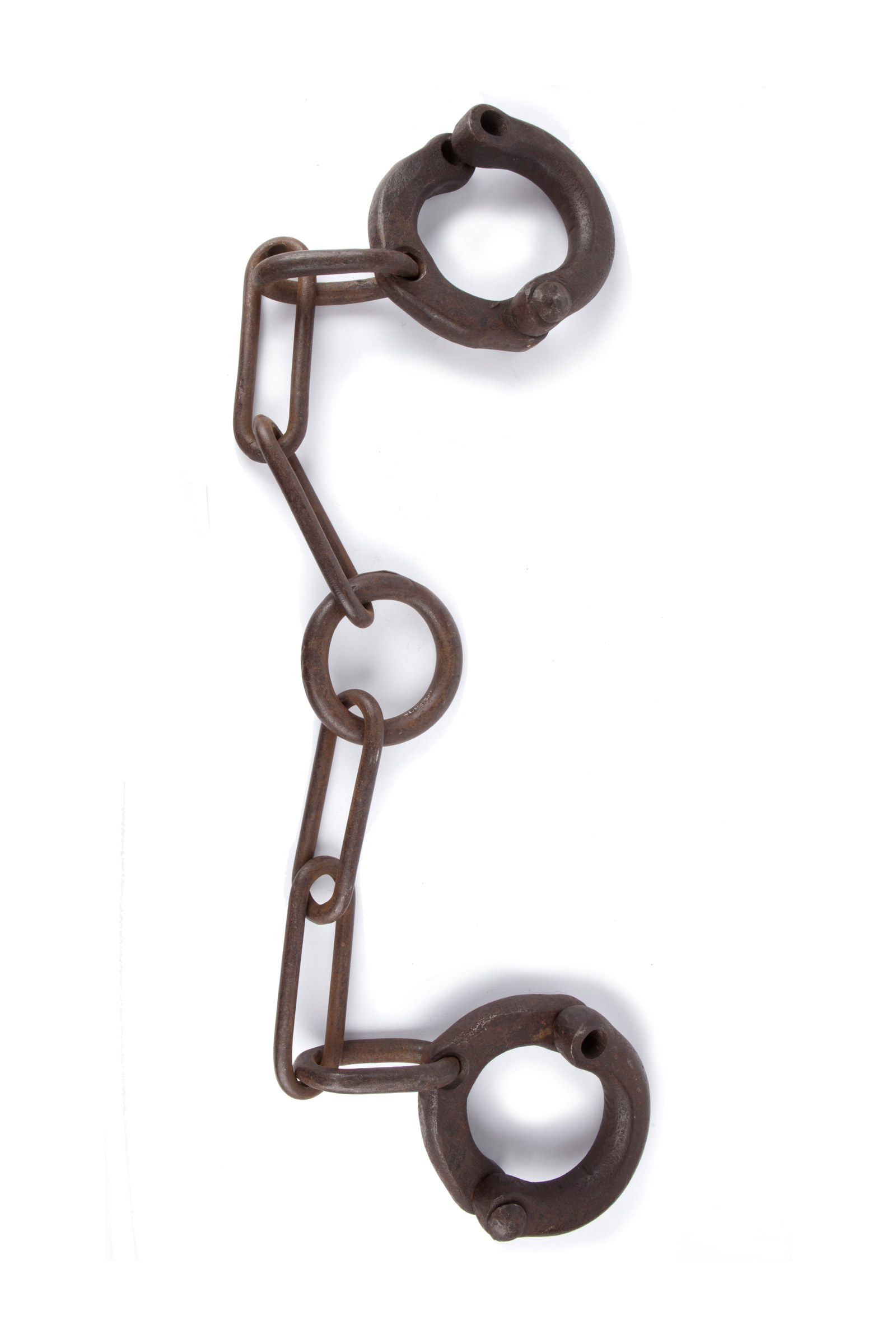
Convict Sydney
Leg irons, heavy
Known as darbies or slangs in the convict ‘flash’ slang language, leg irons came in various shapes and sizes
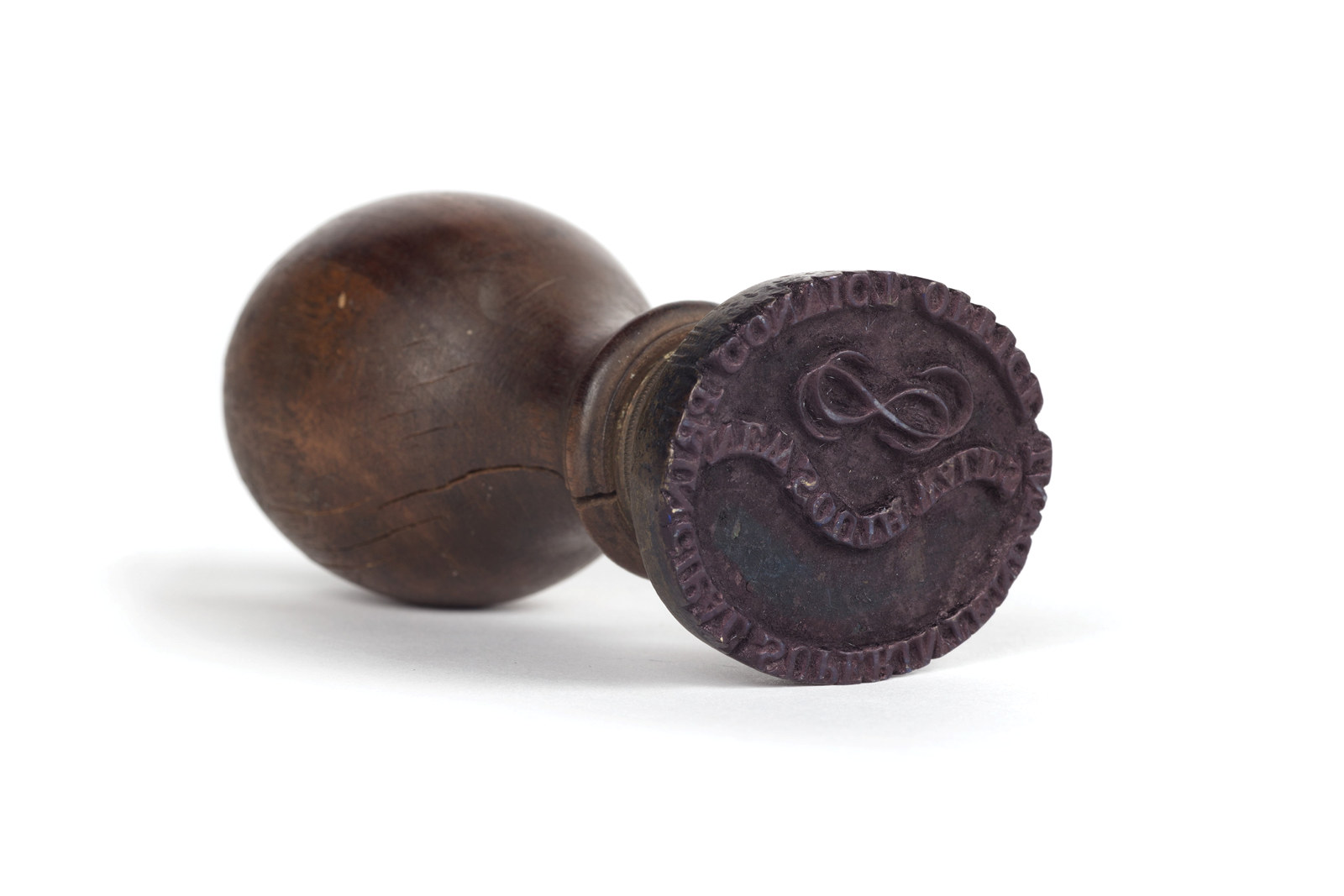
Convict Sydney
Brass stamp
Between 1830 and 1848, the superintendent’s office operated from the Hyde Park Barracks, where this stamp was most likely used on official documents and ledgers
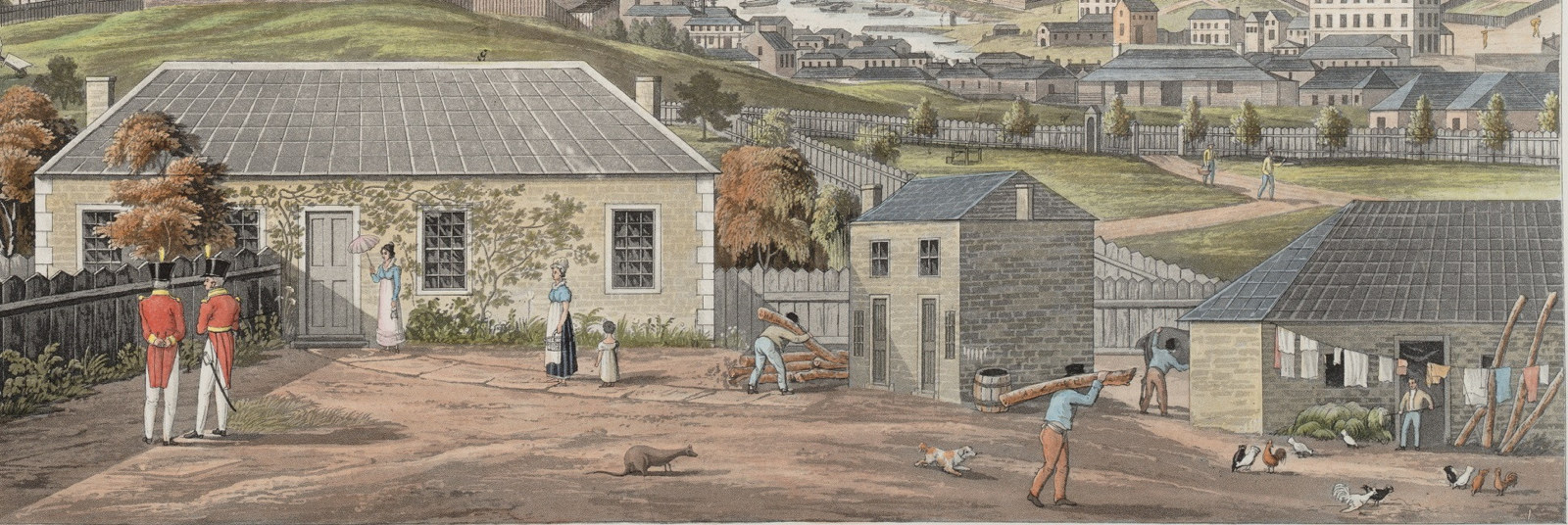
Convict Sydney
What was convict assignment?
‘Assignment’ meant that a convict worked for a private landowner
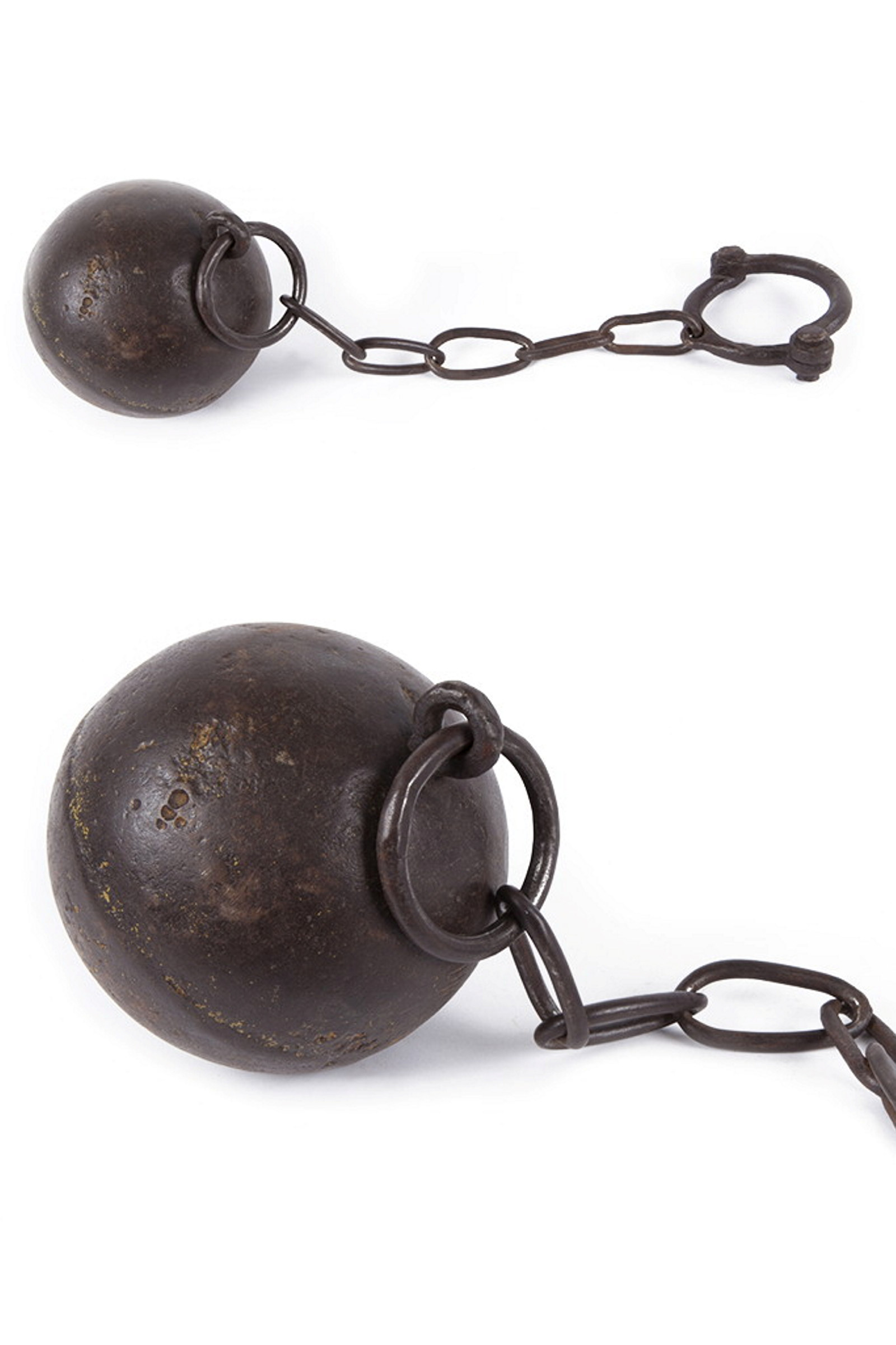
Convict Sydney
Ball and chain
1820s–1840s: Known as darbies or slangs in the convict ‘flash’ language, leg-irons came in various shapes and sizes

Convict Sydney
Molesworth report
The findings of the 1837 Molesworth inquiry brought about the end of convict transportation to New South Wales